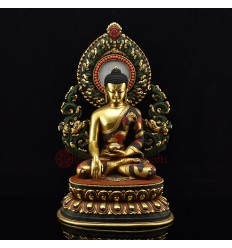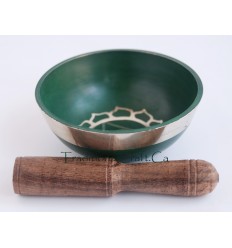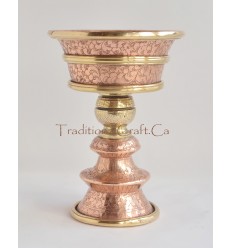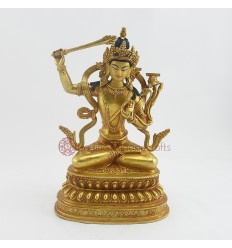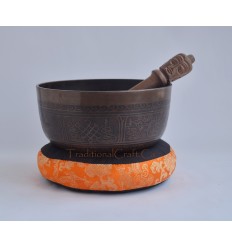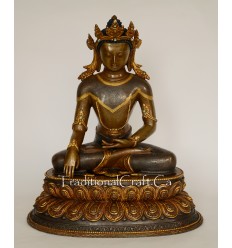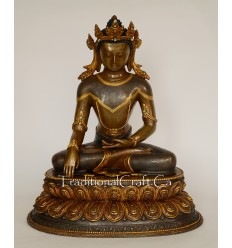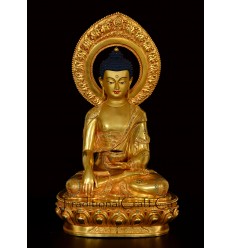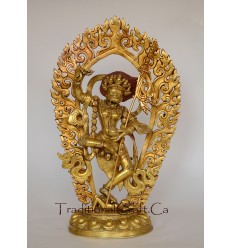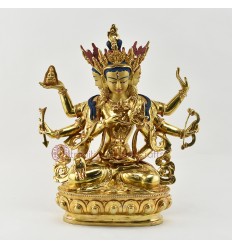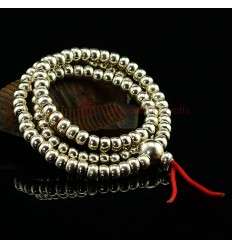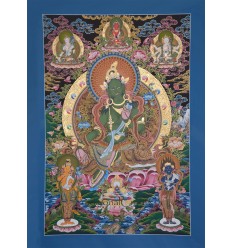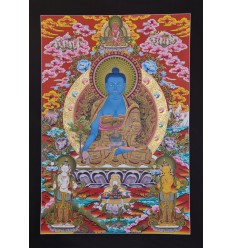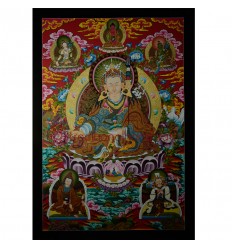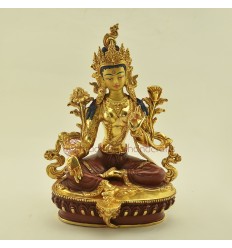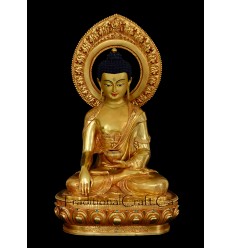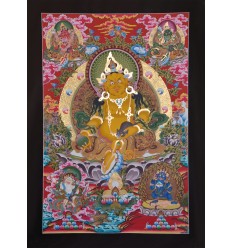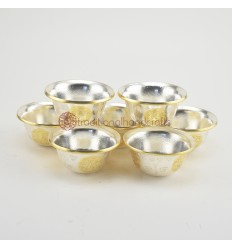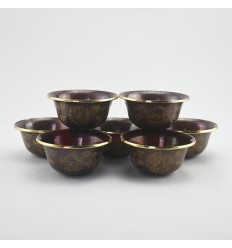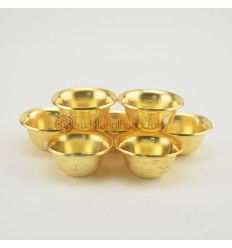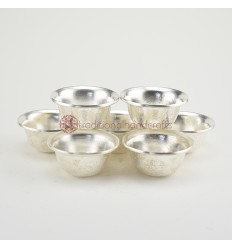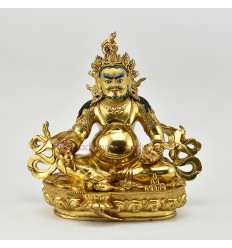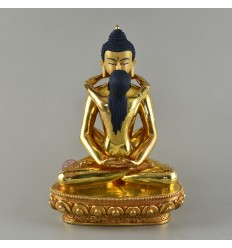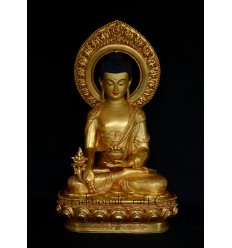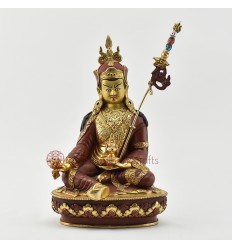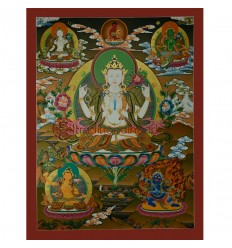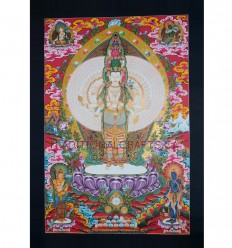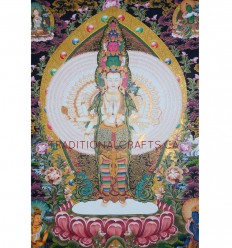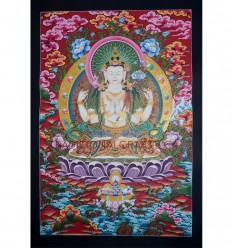No products
Product successfully added to your shopping cart
There are 0 items in your cart. There is 1 item in your cart.
Hand Carved Copper Alloy Gold Gilded & Hand Painted Tibetan Shakyamuni Sakyamuni Buddha Tomba Statue
761768125465
New
Traditional Hand Made Tibetan Buddhist Sculpture Religious Ritual Copper Alloy 24 Karat Gold Gilded, Finely Hand Painted and Decorated with Coral Stones 16.5" Shakyamuni Buddha / Tomba Statue Rupa Shrine | Altar Monastry Shrine | Altar Monastry From Patan, Nepal
1 Item
Warning: Last items in stock!
Shakyamuni Buddha / Tomba Statue
|
Name |
Shakyamuni Buddha / Tomba Statue |
|
Height |
16.5” with frame |
|
Height |
13” without frame |
|
Width |
10.25” |
|
Depth |
8.25” |
|
Material |
Lost Wax Method, Copper Alloy 24 Karat Gold Gilded, Finely Hand Painted and Decorated with Coral Stones |
|
Actual Weight |
5.340 Kg. |
|
Ships From |
Patan, Nepal |
|
Shipping Provider |
Express Shipping Service |
|
Shipping Time |
Usually ships within 48 hours. Allow 5 – 7 business days for deliver within worldwide. |
|
Insurance |
Insurance is included in the shipping cost. |
Shakyamuni – The Lion of the Shakyas
Shakyamuni is the Buddha of our time. He is the glorious root teacher of all the diverse lineages that make up Buddhism as we know it. Born Siddhartha Gautama more than 2500 years ago, he was the crown prince of the Shakya kingdom located in the Himalayan foothills of what is now southern Nepal. He left luxurious palace life behind him, however, in pursuit of the truth of the origin of suffering and the cessation of fear. His astounding courage, determination, wisdom and compassion led to his perfect enlightenment despite seemingly insurmountable obstacles. His teachings have transformed individuals and nations throughout the world and still speak to us today.
Gestures and Attributes
The Buddha is depicted with his right hand extended to the earth in the Bhumisparsha Mudra, the gesture of witness. He is "calling the earth to witness" his supreme victory over the temptations and illusions of the material world as symbolized by the demon Mara. His left hand lies in his lap with palm upward in the gesture of meditation (Dhyana Mudra). In some representations he also holds the begging bowl of an ordained Buddhist monk. The bowl contains three precious nectars indicating that he has conquered the three demons of uncontrolled death, contaminated aggregates, and delusion. Thus, this posture is known as "Buddha Shakyamuni Conquering the Demons" and shows the moment of the Buddha's full enlightenment under the Bodhi tree.
About this Sculpture
The sculpture is a charming portrayal of Shakyamuni Buddha / Tomba. Expertly sculpted from copper alloy, using the lost wax method, the statue has been gilded with 24 karat gold and beautifully hand painted using the combination of different colors and decorated with coral stones to yield a rich and sensuous finish. The Buddha sits gracefully in meditation upon a lotus throne, expressing the calm majesty of one who has mastered himself. With his head slightly inclined, he seems to smile with a secret inner joy, prompting feelings of encouragement and happiness in the observer. His robes are exquisitely carved with dragons throughout and gilded with 24 karat gold with colors combination, showing marvelous detailing on the front and back of the sculpture, where beautiful lotus stems blossom on side by side holding a pair of mystical creatures that reaches all the way to the frame at the back of Buddhha’s head. The back of the lotus base has carvings of Dorje, intricate flower, leaves and vines. And over all, the combination of 24 karat gold gild and painted with different colors lends a pleasing sense of warmth, gently inviting one to linger, leaving thoughts of the world behind. This sculpture was individually handcrafted in Patan, Nepal by master artisans of the Shakya clan who are considered among the best in the world. These craftsmen are the modern heirs to a centuries-old tradition of creating sacred art for use in temples and monasteries. The fine metalworking techniques have been passed down from generation to generation since ancient times.
No customer comments for the moment.



